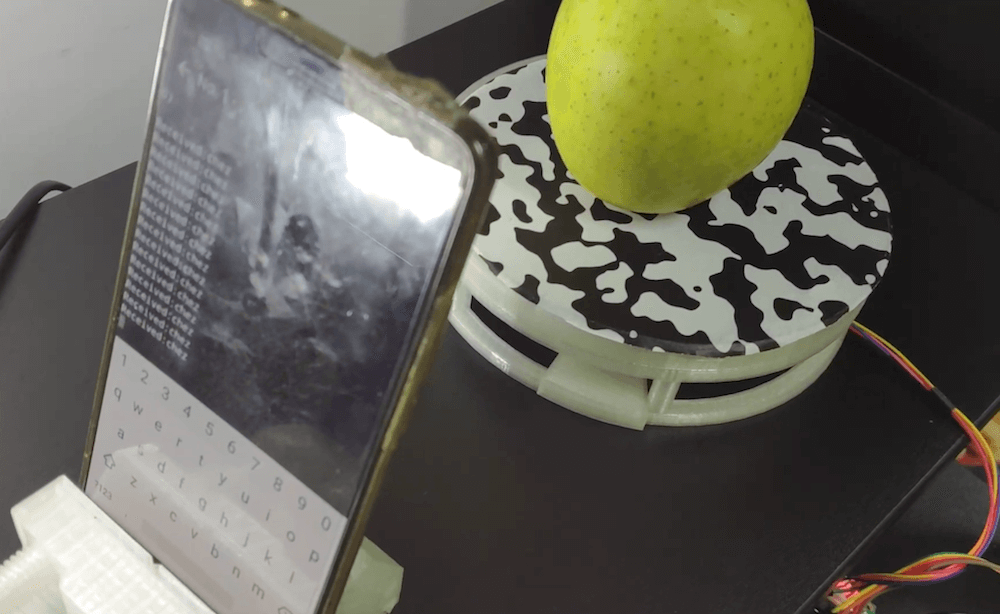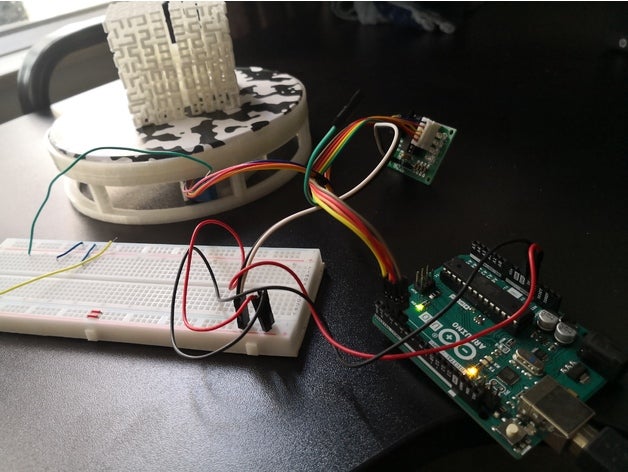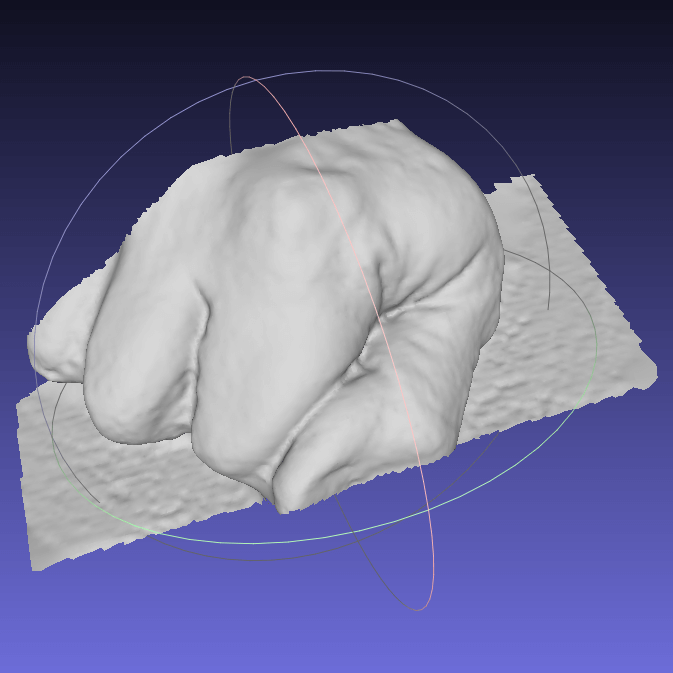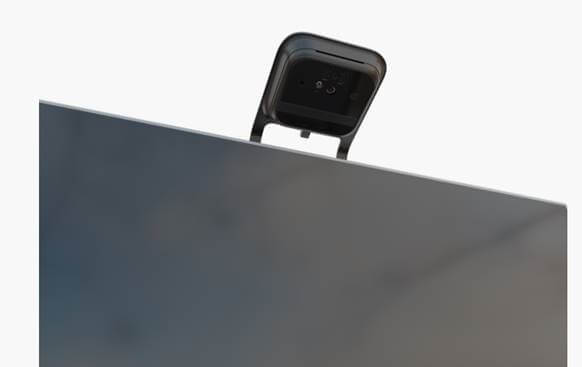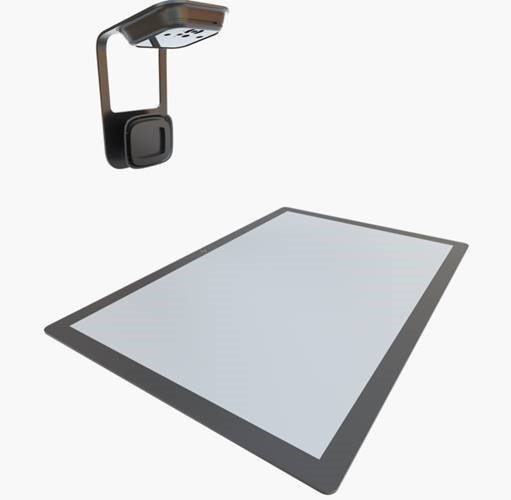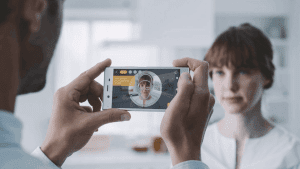Reading Time: 3 minutesAt CES, HP released a new “Z 3D Camera” which offers the 3D scanning capabilities of the Sprout Pro PC in a portable camera accessory. It attaches to your computer monitor and can help you scan 3D items in no time.
At CES 2018, HP Inc. has announced its new Z 3D Camera. The company thinks this 3D camera will “help reinvent creative workflows and spark spontaneous real-time sharing of documents and physical work product.”
So, what’s special about it? HP’s Z 3D camera allows creators to capture in 3D without having to buy a specialized scanner. Up until now, HP has offered the Sprout Pro which has a unique 3D camera integrated into the computer.
HP’s Sprout PCs made 3D scanning easier with a down-facing camera and a touch mat. However, the system costs over $3,000. Instead, HP has now taken the 3D scanner feature and turned it into a portable option which can be attached to most monitors. With the Z 3D Camera and the mat, the same 3D camera technology will cost just $599.
To 3D scan an item, you simply rotate the object in your hands or position it underneath the camera on your desk.
“The demand for 3D content has skyrocketed and 3D pros are constantly looking for new hardware and software innovations to increase their end-to-end productivity, from concepting to production… HP Z 3D Camera helps speed up modeling, reinvent the creative palette and protect the artistic point of view as more people enter the profession and workflows become increasingly automated,” said Louis Kim, global head of Immersive Computing, Personal Systems, HP Inc.
Highlights of the HP Z 3D Camera
The company claims to have had CG artists, 3D designers, game developers, and digital fine artists in mind while developing the camera. It will be able to capture and digitize 3D objects, 2D documents, and live video, alike the Sprout Pro.
But there are compromises. You’ll be losing some of the features of the Sprout Pro: There’s no included projection capability of the Sprout Pro, also multitouch is not available with HP’s Z 3D camera.
HP explains that the Z 3D camera will minimize desktop space thanks to a unique design. Although the technology is slightly scaled down in terms of its lack of Touch Mat and light projector, it still includes a 3D depth-sensing camera and a 14.6MP 2D camera.
It also uses a technology called SLAM (Simultaneous Localization and Mapping) to track, scan, and construct a 3D model in real time. The resulting high-resolution “computer-graphics-friendly” images and textures can then be used for 3D and VR applications.
Anyone with Windows 10 will be able to export models to PowerPoint 3D, Paint 3D and Mixed Reality Viewer. HP is also making it easier to share captures or live videos of notes and sketches from your desktop and hope to offer a “more human experience”.
HP Z 3D Camera will be available in March but only in the US. Check out the company’s website to keep up to date and find out more.
Source: HP Press Release
Website: LINK
